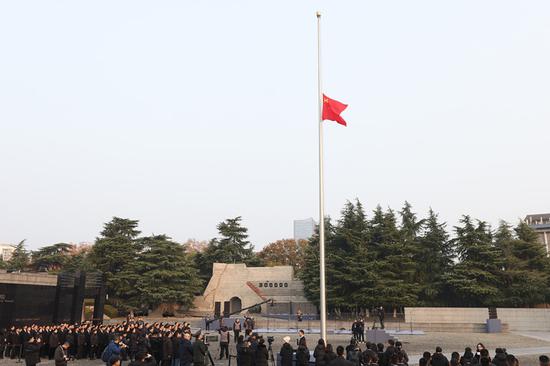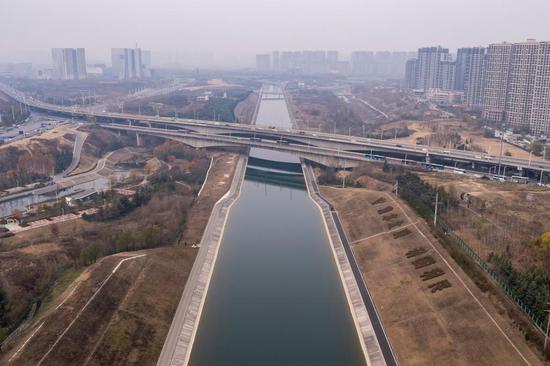
An event promoting desertification control efforts by the Xinjiang Uygur autonomous region is held during the 16th Conference of the Parties to the United Nations Convention to Combat Desertification. The conference took place in Riyadh, Saudi Arabia. (Photo provided to chinadaily.com.cn)
As a key area for combating desertification, the Xinjiang Uygur autonomous region is committed to exploring and implementing methods that will serve as an example nationwide and contribute to China's ecological security, Zhang Zhigang, Party chief of the Xinjiang Forestry and Grassland Bureau, said at a UN conference on the subject earlier this month.
The 16th Conference of the Parties to the United Nations Convention to Combat Desertification, was held from Dec 2 to 13 in Riyadh, Saudi Arabia.
The Xinjiang delegation engaged in extensive exchanges and cooperation with institutions and enterprises from around the world through exhibitions, product promotions and other activities.
As of the end of 2022, Xinjiang had achieved a "double reduction" in desertification and land affected by it, Zhang said.
This year, Xinjiang finished construction of a 3,046-kilometer green barrier around the edge of the Taklimakan Desert, the largest desert in China and the second-largest drifting sand desert in the world.
Several plant species, including desert poplar trees (Populus euphratica), sacsaoul and red willows, were planted on sandy land in Yutian county on the southern edge of the desert in late November, marking the completion of the final stretch of the green belt.
The Taklimakan, known as the "Sea of Death", covers 337,600 square kilometers, with a circumference of 3,046 km.
"High-tech desert control products and technologies have undoubtedly provided new ideas and options for ecological restoration and governance in Xinjiang," Zhang said.


















































 京公网安备 11010202009201号
京公网安备 11010202009201号